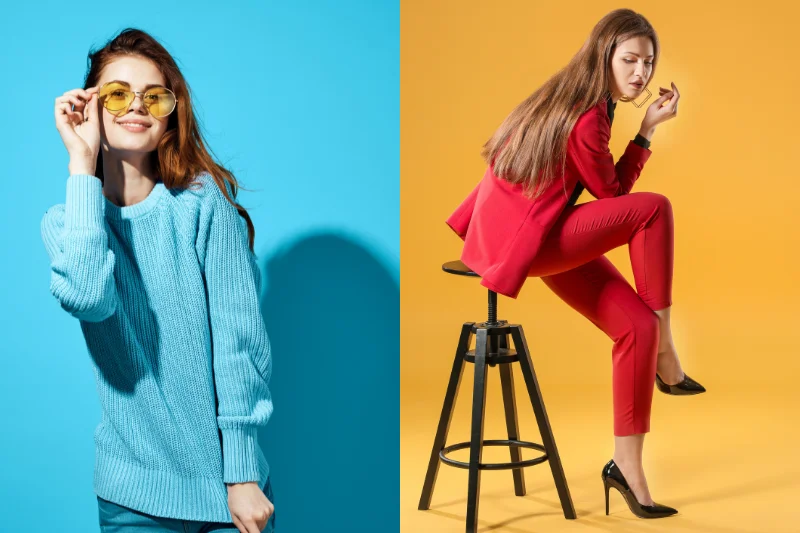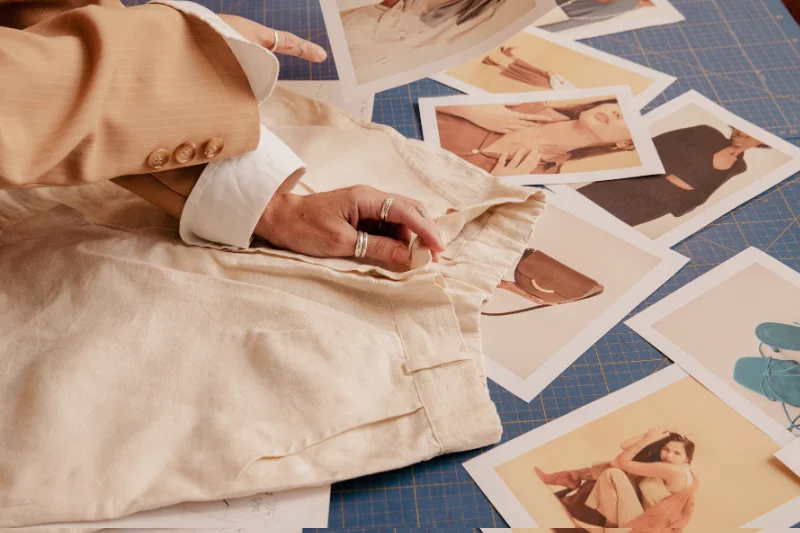Fashion is a changing expression of personal style, society, and trends that goes beyond just apparel. It has a big impact on how we show oneself to the outside world and shapes society. However, what really is fashion? The meaning of fashion, its background, and its influence on culture and personal identity are all examined in this article.
What is Fashion?
The styles, trends, and designs of apparel, accessories, and cosmetics that are popular within a particular era are referred to as fashion. It is influenced by social, cultural, political, and even economic factors. Fashion is dynamic, ever-evolving, and influenced by consumers, influencers, celebrities, and designers.
“Fashion” is derived from the Latin word “facere,” meaning “to make.” This highlights the imaginative process by which fashion designers create avant-garde styles that express the zeitgeist. Fashion includes more than just clothes; it also includes accessories, haircuts, makeup, footwear, and even lifestyle decisions.
The History of Fashion
Throughout the centuries, fashion has changed greatly. Clothing in ancient times served mainly as a means of protection from inclement weather. But as societies advanced, clothes rose to prominence as a means of displaying social standing, money, and power.
1 Ancient Fashion: The environment had an impact on Egyptian fashion, with linen clothing being the most popular. Draped garments were first worn by the Greeks and Romans, while Roman togas marked social standing.
2. Medieval Fashion: The rich wore expensive garments with heavy fabrics and intricate embroidery during the Middle Ages.
3. Renaissance Fashion: During this time, elaborate patterns, corsets, and pricey materials like velvet and silk became popular.
4. Fashion in the 19th and 20th Centuries: Mass production brought about by the Industrial Revolution made fashion more widely available. Flapper dresses gained popularity in the 1920s, and classic styles were developed in the 1950s. Bold fashions such as power dressing and disco fashion emerged in the 1970s and 1980s.
5 Modern Fashion: Today’s style combines elements of the past with new ideas. It values uniqueness, inclusivity, and longevity.
The Impact of Fashion on Society
Fashion has a profound impact on society in various ways:
1. Self-Expression and Identity
People can convey their identities, cultural history, and beliefs via fashion. Individuals display their distinct tastes and styles through their attire and accessories. Punk fashion, for instance, expresses revolt, whereas corporate wear communicates professional.
2. The Impact of Culture
Fashion and culture are closely related. Traditional clothing, like the sari in India or the kimono in Japan, depicts the cultural legacy of various groups. Fashion designers frequently create fusion styles that celebrate global diversity by taking inspiration from other cultures.
3. The Impact of the Economy
With millions of workers globally, the fashion industry is a trillion-dollar global enterprise. From fast fashion stores to luxury labels, the sector stimulates economies, generates employment, and promotes textile and design creativity.
4. Social and Political Statements
A common instrument for social and political changes has been fashion. As a sign of women’s rights, the early 20th-century the suffrage for instance, wore white. Fashion that is ethical has recently raised awareness of environmental issues.
5. Developments in Technology
From smart textiles that react to environmental changes to 3D printing in apparel design, technology has completely changed the fashion industry. The emergence of social media and e-commerce has also altered the way that fashion is consumed, opening up trends to a global audience.
What are the Types of Fashion Styles?
Fashion comes in various styles, catering to different tastes and preferences
Casual Fashion: Everyday clothing like jeans, t-shirts, and sneakers.

Formal Fashion: Suits, evening gowns, and elegant attire for special occasions.

Street Fashion: Inspired by urban culture, street fashion includes oversized clothing, sneakers, and edgy accessories.

Bohemian Fashion: Flowy fabrics, earthy tones, and a free-spirited aesthetic.

Minimalist Fashion: Simple, clean designs with neutral colors.
Vintage Fashion: Inspired by past decades, such as 1950s dresses or 1980s denim jackets.
Athleisure: A mix of athletic and leisurewear, such as leggings and sports bras worn as casual outfits.
What is Future of Fashion?
Innovation and sustainability are becoming more and more important in the fashion industry. Circular fashion, which involves recycling and upcycling clothing, ethical manufacture, and eco-friendly materials are all gaining popularity. With companies experimenting with augmented reality (AR) and virtual try-ons, digital fashion and virtual apparel are becoming new trends.
Conclusion
What exactly is fashion, then? Beyond clothes, it is a vibrant and significant part of human existence. Fashion is a cultural event, a means of self-expression, and a rapidly
industry that shapes society. As it continues to evolve, it embraces creativity, sustainability, and individuality, making it an integral part of our daily lives.Fashion is about making a statement, expressing one’s identity, and changing the world; it’s not just about following trends. Fashion continues to have a significant impact on how human civilization is shaped, whether through historical impacts or new developments in the future.



